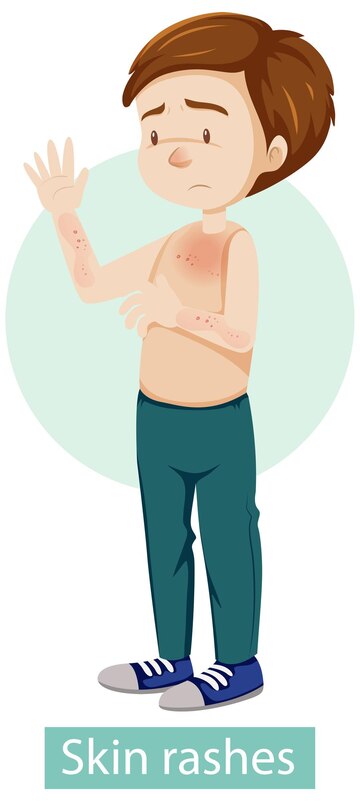
Seborrheic Dermatitis vs. Psoriasis: Understanding the Differences
Are you dealing with flaky, itchy skin and wondering if it’s seborrheic dermatitis or psoriasis? While both are common skin conditions, they have distinct characteristics and require different approaches to treatment. Let’s dive into the differences between seborrheic dermatitis and psoriasis to help you identify and manage your skin concerns effectively.
What is Seborrheic Dermatitis?
Seborrheic dermatitis is a chronic inflammatory skin condition that typically affects areas rich in oil glands, such as the scalp, face, and chest. It’s characterized by redness, itching, and greasy or flaky scales on the skin. Seborrheic dermatitis often occurs in areas with high oil production and may be triggered by factors like stress, hormonal changes, and certain skincare products.
What is Psoriasis?
Psoriasis is a chronic autoimmune condition that causes the rapid overgrowth of skin cells, leading to thick, red patches with silvery scales. It commonly affects the scalp, elbows, knees, and lower back, but can occur anywhere on the body. Psoriasis is believed to be influenced by genetics and immune system dysfunction, with triggers including stress, infections, and certain medications.
Key Differences
While seborrheic dermatitis and psoriasis share some similarities, there are several key differences that can help distinguish between the two:
- Appearance: Seborrheic dermatitis typically presents as greasy or flaky scales on red, inflamed skin, especially in areas with high oil production. In contrast, psoriasis patches are thicker, with silvery scales and well-defined borders.
- Location: Seborrheic dermatitis commonly affects oily areas of the body, such as the scalp, eyebrows, and creases of the nose and ears. Psoriasis can occur on any part of the body, but it often appears on the elbows, knees, scalp, and lower back.
- Itching: While both conditions can cause itching, seborrheic dermatitis tends to be itchier, especially on the scalp and face. Itching in psoriasis may vary depending on the severity of the condition and individual symptoms.
Treatment Approaches
Treatment for seborrheic dermatitis and psoriasis may differ based on the underlying cause and severity of symptoms. Common treatment options include:
- Seborrheic Dermatitis: Antifungal shampoos, topical corticosteroids, and antifungal creams are often used to manage symptoms. In some cases, medicated shampoos containing ingredients like coal tar or salicylic acid may be recommended.
- Psoriasis: Treatment options for psoriasis include topical corticosteroids, vitamin D analogs, and tar-based products to reduce inflammation and slow skin cell growth. In more severe cases, oral medications, phototherapy, or biologic injections may be prescribed.
Conclusion
While seborrheic dermatitis and psoriasis may share some similarities in symptoms, they are distinct conditions with different causes and treatment approaches. If you’re unsure about your symptoms, it’s essential to consult with a dermatologist for an accurate diagnosis and personalized treatment plan.
To seek medical advice, always consult a Doctor. Here are our recommended EXPERTS. Click here
To read more on SKIN. Click Here



